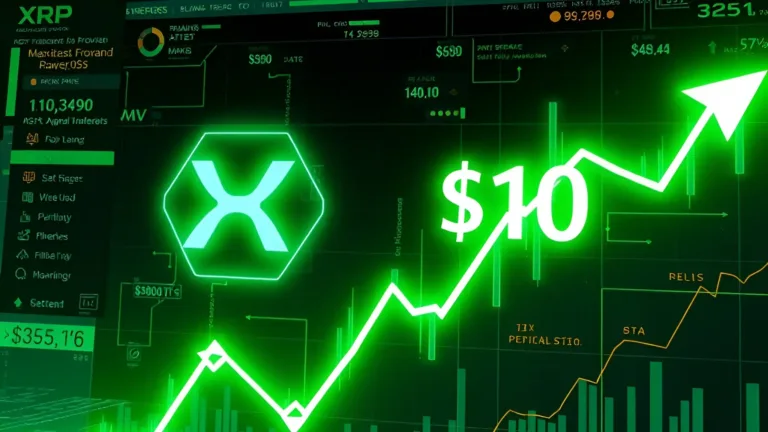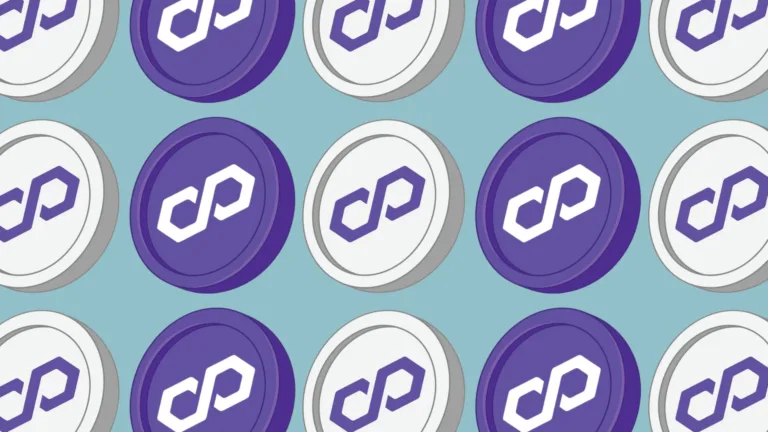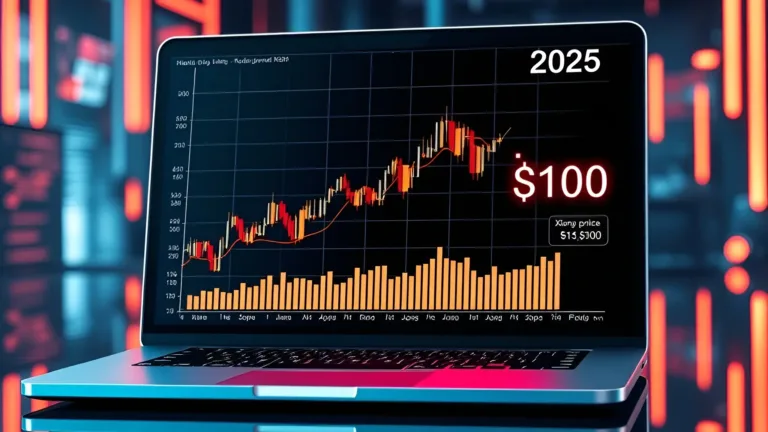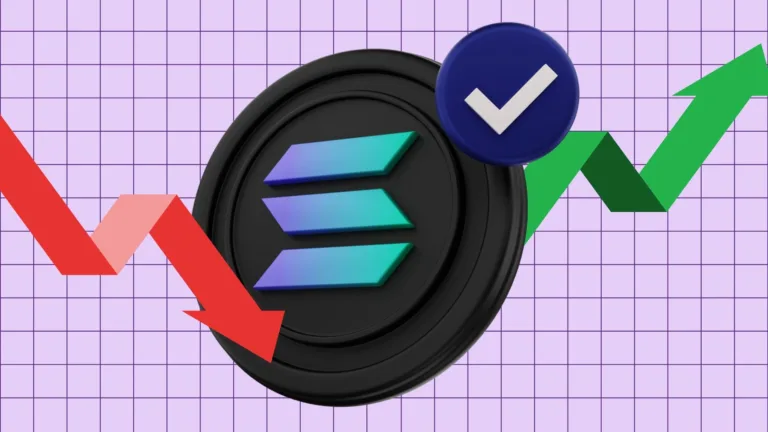Can Polygon Reach $50?
Whether Polygon can reach $50 demands a rigorous reality check. To hit that mark, MATIC’s market cap must swell to roughly $465 billion, surpassing Ethereum’s current valuation, requiring unprecedented adoption, innovation, and capital inflows.
Achieving this would mean dominating the Layer-2 landscape, forging major enterprise partnerships, and securing strong institutional backing, all while navigating fierce competition, regulatory shifts, and Ethereum’s own scaling upgrades.
Key Takeaways:
Hide- Cryptomus: Calculates Polygon needs a $465 billion market cap to hit $50. (Source: Cryptomus)
- FlitPay: Projects Polygon may reach $5 by 2026 and $11.07 by 2046 under current trends. (Source: FlitPay)
- Cryptomus DE: Estimates long-term price of $8.60–$11.07 by 2046 given sustained adoption. (Source: Cryptomus DE)
- Benzinga: Highlights tracking on-chain metrics and upgrade progress as key to price growth. (Source: Benzinga)
- CoinMarketCap: Bitcoin’s ~$1.3 trillion cap underscores the scale needed for Polygon’s $50 goal. (Source: CoinMarketCap)
Polygon Price Prediction to Hit $50
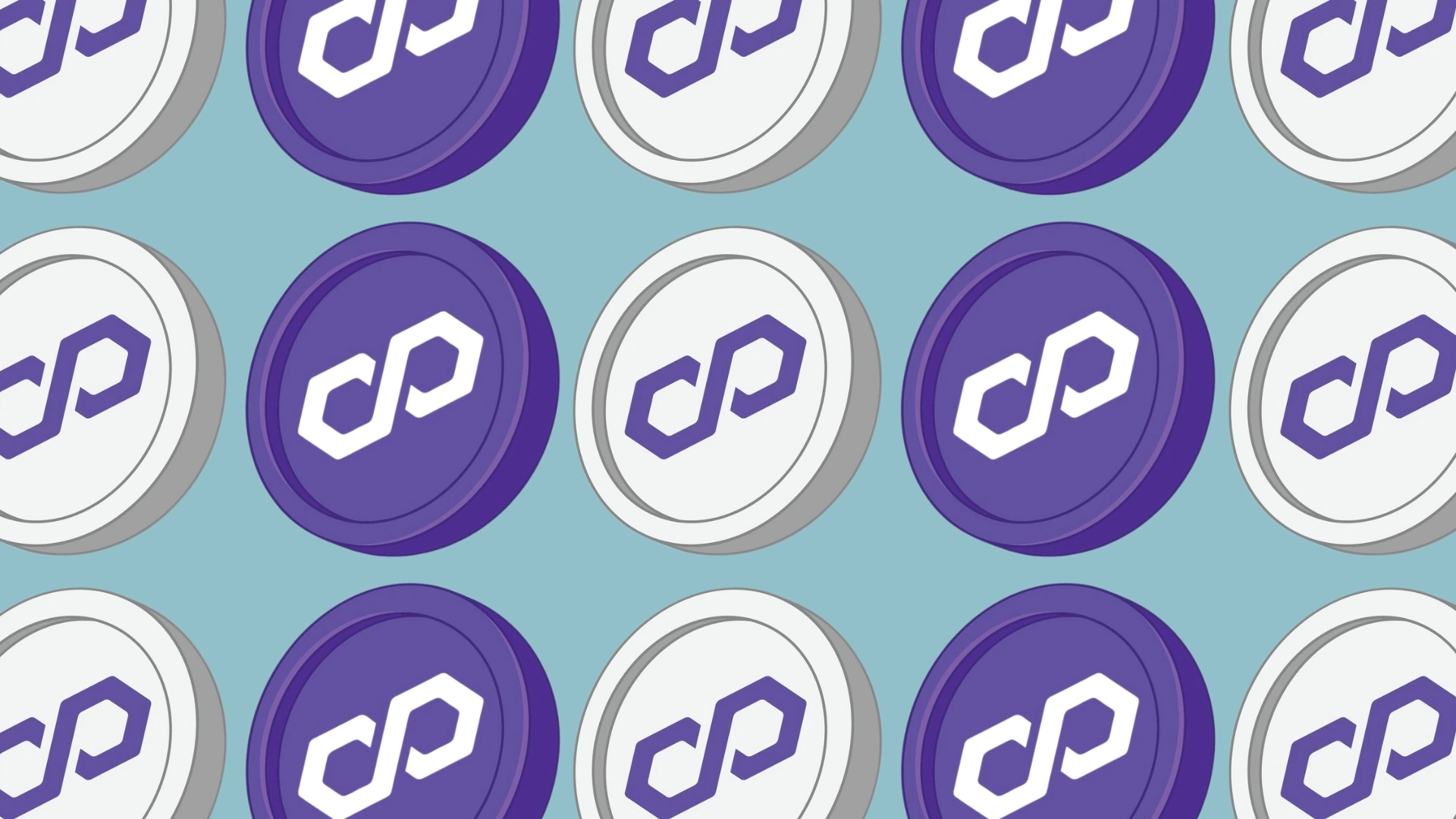
In this section, we explore the market-cap realities, time horizons, technological prerequisites, competitive dynamics, and strategic partnerships that together define the arduous path toward a $50 Polygon token.
Market Cap Realities
With about 9.3 billion MATIC in circulation, a $50 price implies a $465 billion valuation. By comparison, Ethereum sits near $400 billion today.
Capturing that much value would require Polygon to absorb a substantial slice of the total crypto market, effectively outpacing every other major protocol in growth and utility.
Time Horizon and Forecast Dispersion
Analyst targets range from a modest $5 by 2026 to long-term projections of $8.60–$11.07 by 2046.
Such variance reflects uncertainties in adoption rates, macro conditions, and technological breakthroughs.
A $50 scenario pushes the timeline even further out, likely beyond 2046, unless extraordinary catalysts accelerate the process.
Ethereum Scaling and Competition
Polygon (prev Matic) must sustain leadership as an Ethereum Layer-2, even as rivals like Arbitrum, Optimism, and zkSync advance.
Its zkEVM solution offers EVM-equivalence and lower fees, but continuous innovation is vital.
Falling behind in throughput, security, or developer tooling would severely undermine its bid for a super-sized market cap.
Strategic Partnerships & Real-World Adoption
High-profile collaborations, such as with Adidas, Prada, and DraftKings, demonstrate Polygon’s utility in NFTs and gaming.
Yet to justify $50, Polygon needs millions of daily active users and enterprise integrations in finance, supply chain, and tokenized real-world assets.
Metrics like total value locked (TVL) and active wallet counts will reveal whether mainstream uptake is materializing.
Technological Upgrades & Polygon 2.0
Polygon 2.0 envisions interconnected chains with shared security and interoperability.
Success hinges on seamless deployment of its Aggregation Layer, robust zk-rollup performance, and developer adoption.
These upgrades must translate into measurable gains in transaction volume, fee revenue, and network effects to support a multibillion-dollar valuation.
Risks & Regulatory Uncertainty
Regulatory crackdowns on securities or DeFi could chill institutional interest. Ethereum’s own sharding upgrades might reduce demand for Layer-2 solutions.
A major security exploit would erode confidence. In a severe bear market, even well-executed protocols can see valuations collapse, making the climb to $50 all the more daunting.
Best Practices for a $50 Ambition
In this section, we offer best practices for stakeholders aiming to assess or support Polygon’s quest for $50. These guidelines draw on fundamental, technical, and strategic considerations to help navigate the high-stakes environment.
- Monitor Market Cap Shifts: Track total crypto market capitalization and Polygon’s share to gauge progress toward the $465 billion target.
- Follow Upgrade Milestones: Watch Polygon 2.0 testnet releases, zkEVM performance benchmarks, and mainnet launches for technological catalysts.
- Assess On-Chain Growth: Focus on daily active addresses, TVL in DeFi, and NFT/gaming transaction volumes as leading adoption indicators.
- Evaluate Partnerships: Scrutinize enterprise integrations and cross-industry collaborations for evidence of mainstream traction.
- Set Technical Alerts: Use support at $0.60–$0.65 and resistance at $1.00, $5.00 as checkpoints; significant breakouts may signal changing sentiment.
- Gauge Institutional Flows: Monitor large wallet movements, ETF filings, and fund announcements for signs of deep-pocket entry.
- Stress-Test Scenarios: Model bull, base, and bear cases with varied timelines (2026, 2035, 2046) to establish realistic milestones.
Closing Remarks
Polygon’s climb to $50 is an extraordinary undertaking, requiring a market-cap leap to $465 billion, mass adoption across DeFi, NFTs, and real-world assets, and flawless execution of Polygon 2.0 upgrades.
It also demands that Polygon outmaneuver Layer-2 rivals, thrive under Ethereum’s own scaling, and secure regulatory clarity to attract institutional capital.
While models suggest $5 by 2026 and $8–$11 by mid-century, $50 remains a remote yet intellectually intriguing target, achievable only through sustained, industry-shaping breakthroughs and ecosystem dominance.


